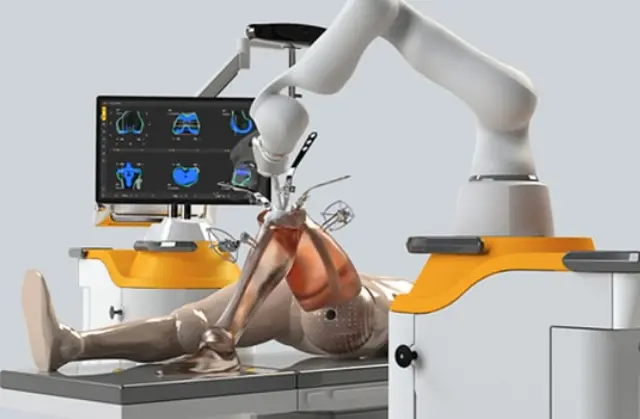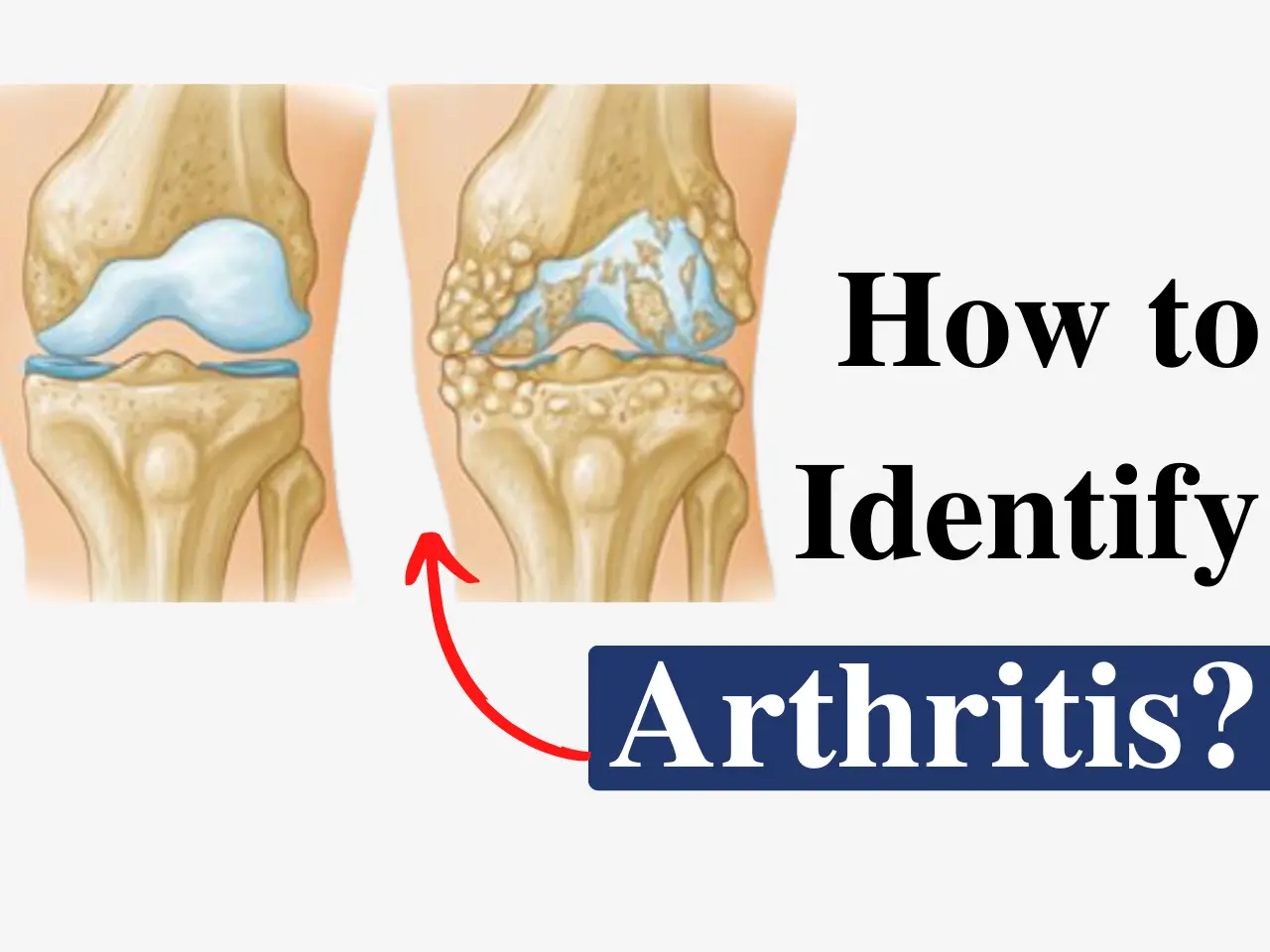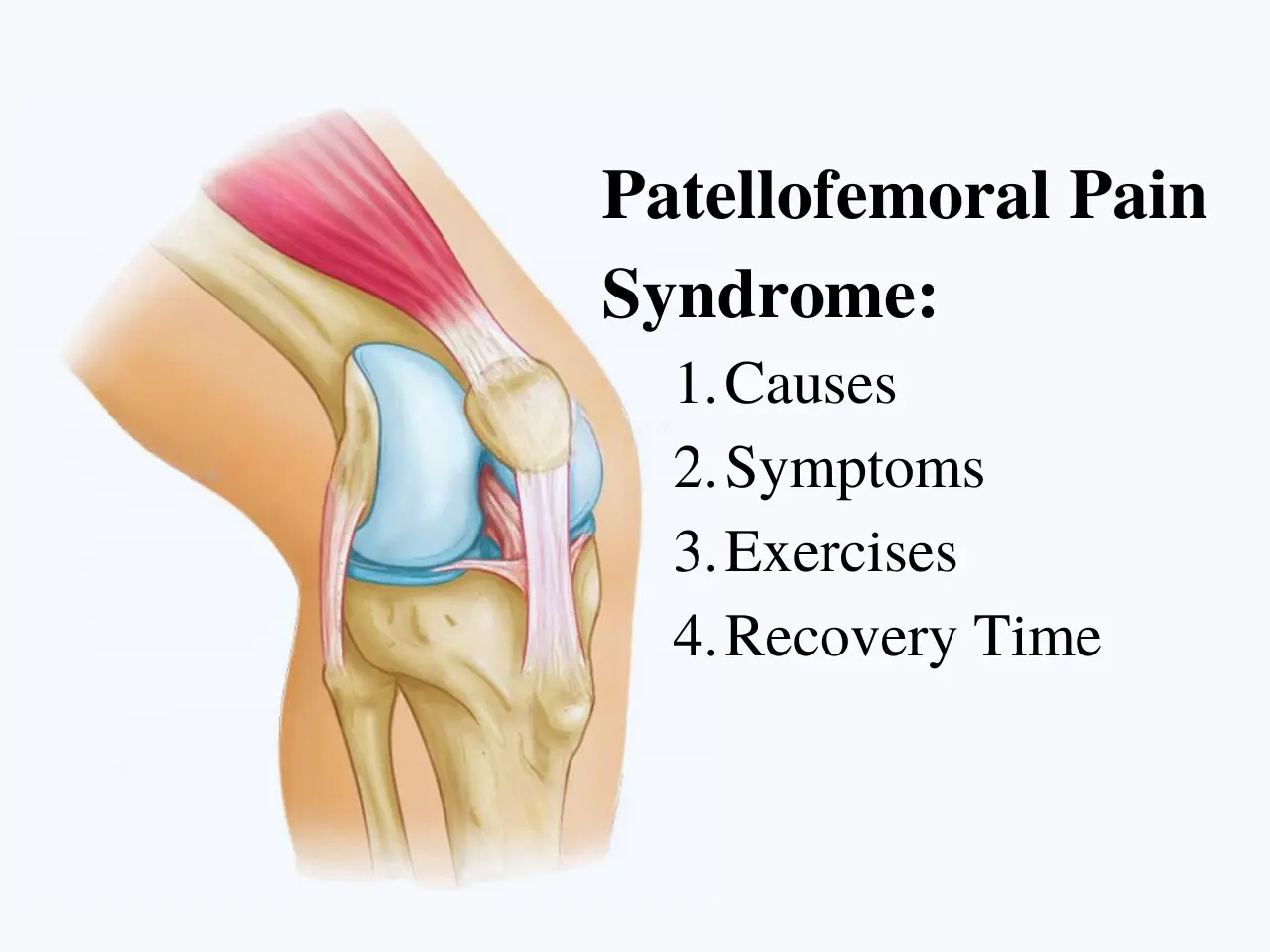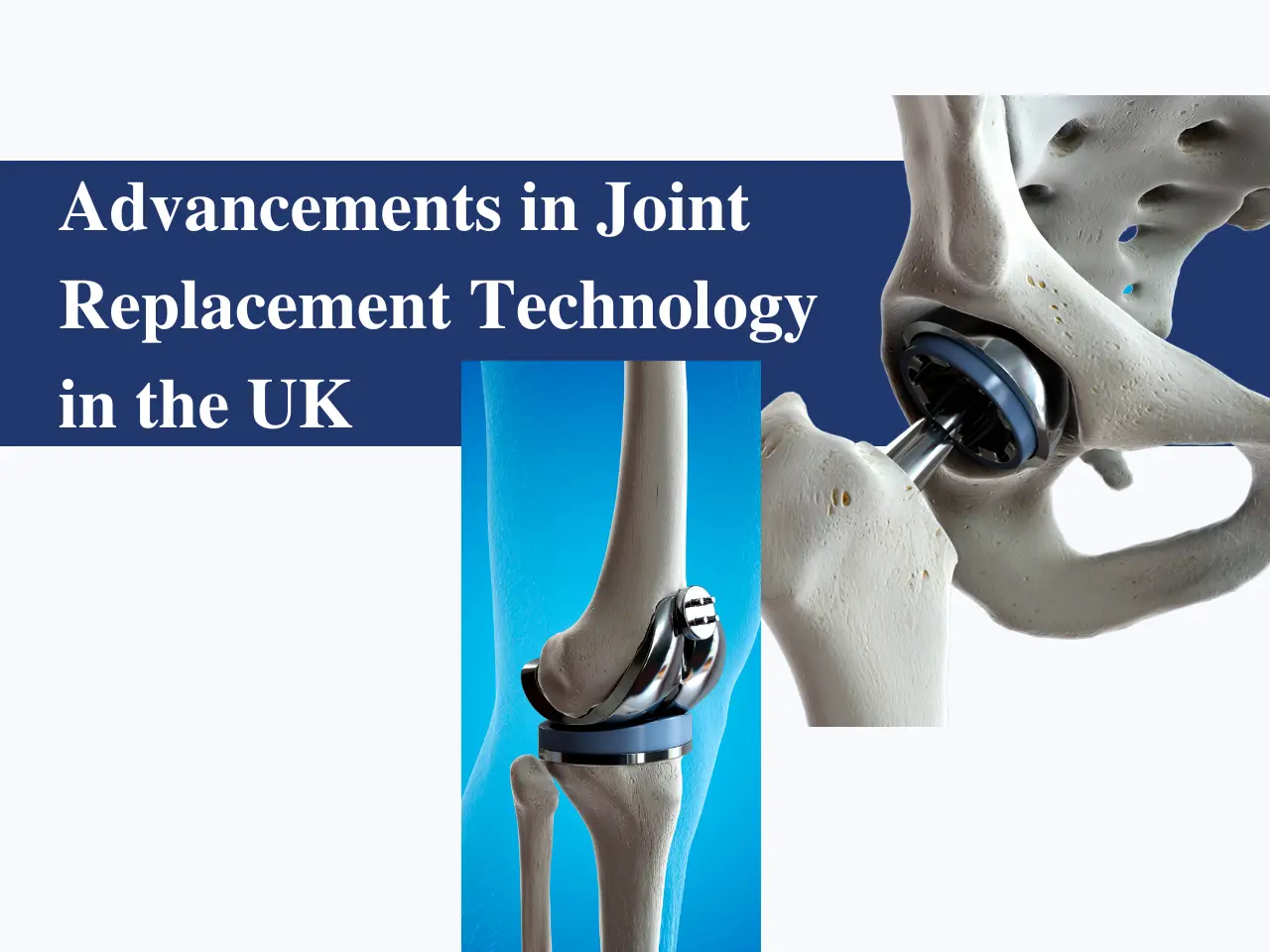Traditional Surgery vs. Robotic Joint Replacement
Traditional joint replacements are open surgeries in which the worn-out or damaged surfaces of the joint are replaced with prosthetics or implants. These artificial structures are made of different materials such as metals, plastics, ceramics or a combination of them.
Conventional joint replacement surgery has been successfully done since the 1960s. However, it involves some complications like infection, implant malfunction and blood clots.
Naturally, the question arises – how robotic joint replacement is different from traditional surgeries?
What is Robotic Knee Replacement Surgery?
Robotic joint replacement follows the same procedure as is the case with traditional surgery. However, robotic-assisted surgeries increase the accuracy, precision and efficiency of the procedure. It is also important to note that doctors always remain in control of the procedure and not robots.
If you live in Cheshire and require robotic joint replacement surgery, consult Mr. Nikhil Pradhan. He is one of the leading, experienced and trusted robotic joint replacement surgeons in Cheshire, UK.
Types of Robotic Joint Replacement
There are two types of robotic joint replacement surgeries used by Mr. Pradhan namely; MAKO Robotic-Assisted Surgery and The ROSA Surgical System.
In the ROSA Surgical System, the robotic assistance helps in taking an accurate measurement of the different joints such as the knee, hip and ankle. This is followed by movement of the leg through a range of motions to allow the system to understand how your joint moves.
Consequently, the robotic system provides a three-dimensional or 3D image of the joint. This is used by the surgeon to make a detailed plan of the surgery and decide on the type of implant to be used.
MAKO Robotic system uses specialised CAT scans of the joint to create a 3D image. It gives a clear idea about different parts like bone, surrounding tissues and joints of the hip, knee or ankle. It helps the surgeon to plan every stage of the procedure. Plus, implant precision up to millimetres is possible with the MAKO Robotic system.
Benefits of Robotic Knee Replacement
Below are some of the perceived advantages and disadvantages of robotic knee replacement.
Advantages
- Better surgical planning
- Greater precision
- Better accuracy
- Minimized injury opportunities to healthy tissues
- Customised anatomy as per the needs of the patient
- Better outcome
- Fewer complications
- Faster recovery
- Shorter hospital stay
- Less noticeable surgical scars
- Less blood loss
Some of the disadvantages of robotic joint replacement surgery are also discussed below.
Many people consider robotic replacement surgeries to be new technology and thus desire to give it more time. Many experts are of the opinion that more research and advanced equipment are necessary to completely depend on robotics-assisted surgeries.
Another drawback pointed out is that robotic joint replacement procedures sometimes may take longer time than traditional surgery.
Why Do Surgeons Prefer Robotic Surgery?
Surgeons prefer robotic surgery because it boosts efficiency, accuracy and precision. Plus, it gives more control to the doctor. It helps surgeons to perform complex and delicate procedures with ease.
Robotic Total knee replacement in Cheshire
Mr. Nikhil Pradhan is one of the prominent surgeons in Cheshire, UK. He has treated a countless number of patients with knee and hip disorders in the UK and beyond. For one of the best robotic knee replacement surgery in the UK, consult Mr. Nikhil today. To know more details about the treatment approach, services offered and anything else, contact us at any time.












